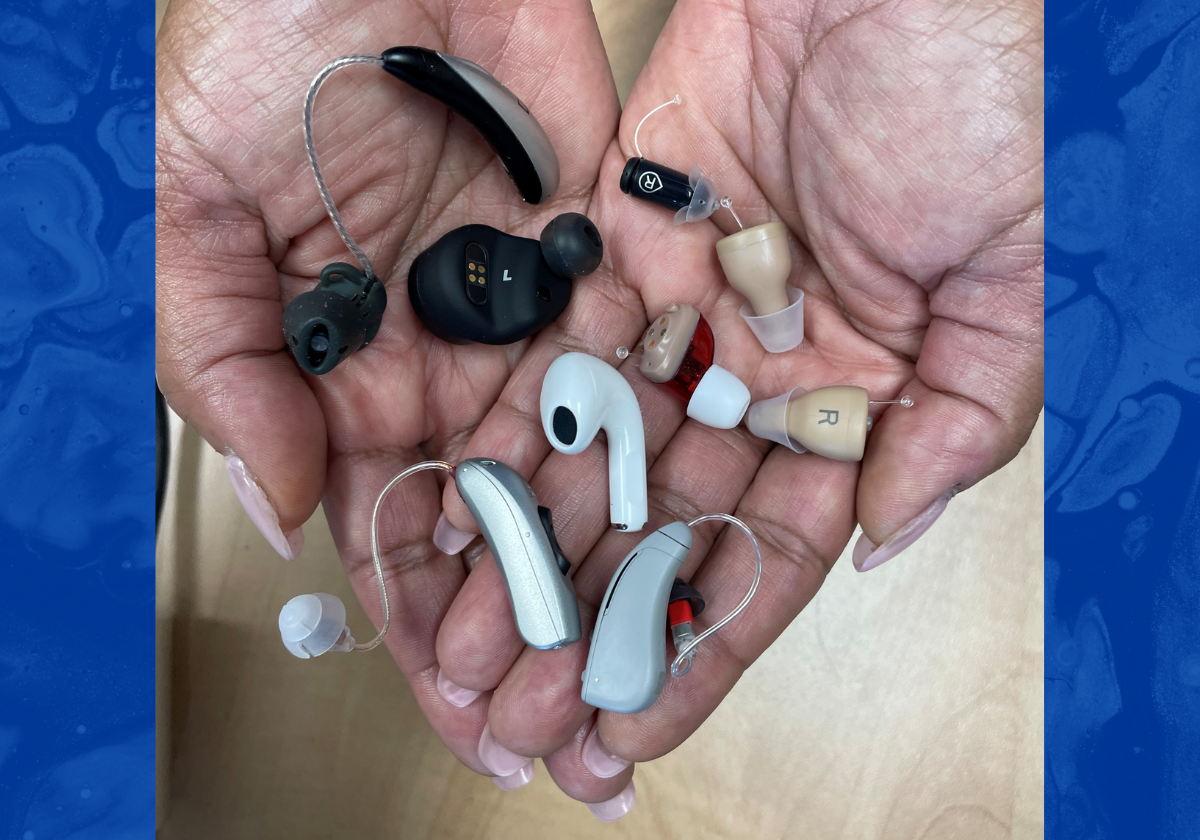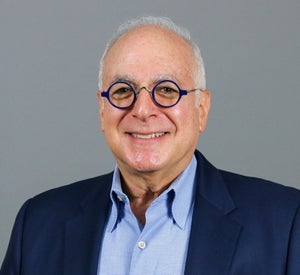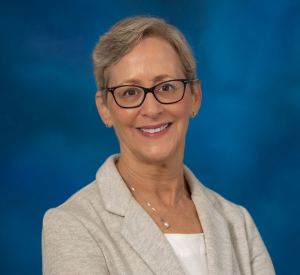On October 1, a research team from the University of Pittsburgh launched a new website called CLEARdashboard, which is a one of a kind resource to help consumers, care givers and professionals better understand and select appropriate over-the-counter (OTC) hearing aids for mild to moderate hearing loss.
OTC hearing aids have been available since the implementation of Food and Drug Administration (FDA) guidelines in October 2022, but selecting and purchasing the appropriate device often leaves consumers with questions and confusion.
The CLEARdashboard interface steps in to alleviate uncertainty by guiding the user through a series of questions to filter different OTC hearing aids on the market to find the best solution for their needs.

The Hearst Foundation funded the development and launch of the website. The website will remain independent of industry/manufacturer influence. The interdisciplinary team who developed the site includes James Katz, project manager and research audiologist; Catherine Palmer, chair for the department, and professor and director of Audiology at UPMC; Elaine Mormer, professor and vice chair for clinical education; Aravind Parthasarathy, assistant professor; Hari Bharadwaj, assistant professor and vice chair for research, Department of Communication Science and Disorders; and Yanshan Wang, assistant professor and vice chair for research, Department of Health Information Management. The CLEARdashboard was developed with input from community partners who have a variety of experience with hearing loss.

Learn more about CLEARdashboard from Project Manager James Katz, in his own words.
What is the ultimate goal of your research?
The goal of our research was to design a consumer-friendly website to support those individuals who seek a self-care pathway to hearing care. The focus was threefold:
- To guide the website’s creation by collaborating with an advisory panel of consumers and clinicians with relevant experiences and a shared interest in hearing loss.
- To evaluate the out-of-the box OTC hearing aid set up experience of typical users.
- To integrate performance metrics into an overall score, called CLEARscore, to aid in the selection of an OTC hearing aid that meets the communication, lifestyle and financial needs of an individual.
Why is this research so important to the public?
Many people are worried about making the wrong hearing health choice because they don’t have enough information to understand the options available to them. The CLEARdashboard provides a resource for those individuals who are overwhelmed by the lack of independent, reliable information, unaware of available options or are fearful of making the wrong decision. This CLEARdashboard was developed without industry support or monetary investment ensuring freedom from commercial influence.

What kinds of people are on your research team and what will they bring to the project?
The CLEARdashboard team consists of a research team of individuals within the Department of Communication Science and Disorders and Department of Health Information Management in the School of Health and Rehabilitation Sciences at the University of Pittsburgh. It consists of individuals that are hearing specialists, hearing scientists and computer experts.
The consumer panel, who provided input which helped shape the CLEARdashboard website, included individuals who know about hearing loss and hearing aids from their own experiences and are from all walks of life in different parts of the U.S.
A listening panel of individuals with measured mild to moderate hearing loss continue to work with the research team to test over-the-counter hearing aids and take listening tests for each device so that the CLEARscore can be generated.
What makes doing this research at Pitt unique?
Pitt has a unique group of experts including audiologists, hearing scientists, industry experts and health information experts who are needed to support this type of work. Importantly, we also have experts who are dedicated to community engagement which led to the key contributions to the project from Community Research Partners.
What excites you the most about this project?
What excites me most about this project is creating a consumer-driven website which helps promote public awareness and education about hearing, hearing loss and hearing aids. The goal of this online resource is to help individuals make informed decisions for their communication and hearing requirements to improve their quality of life.
On a personal level, I find it not only rewarding to use my expertise and give back to the community in which I live and work but having the possibility of a larger audience due to online access. Working with my colleagues on this project will open other opportunities to improve the quality of life for people through better hearing and communication.






